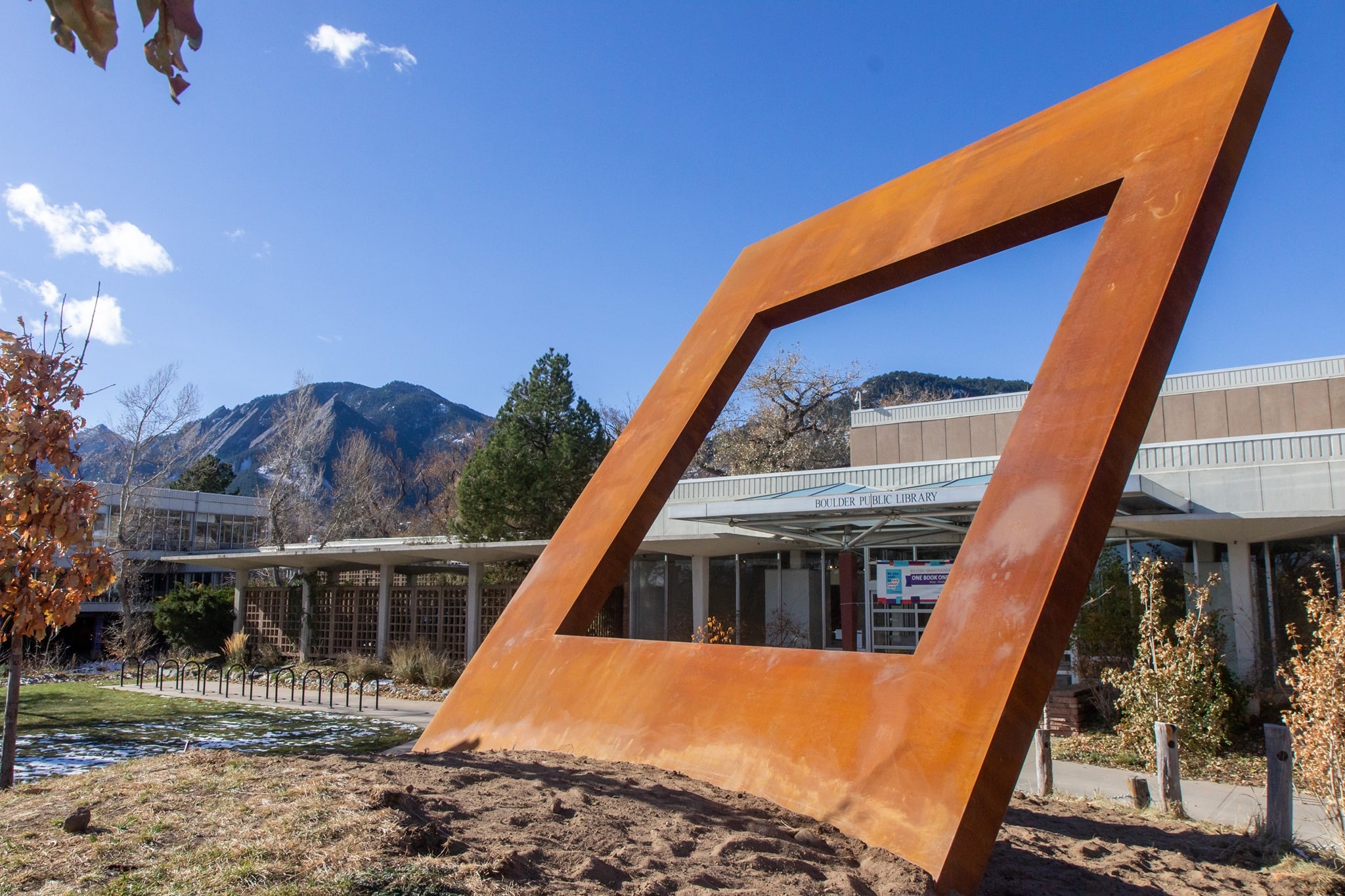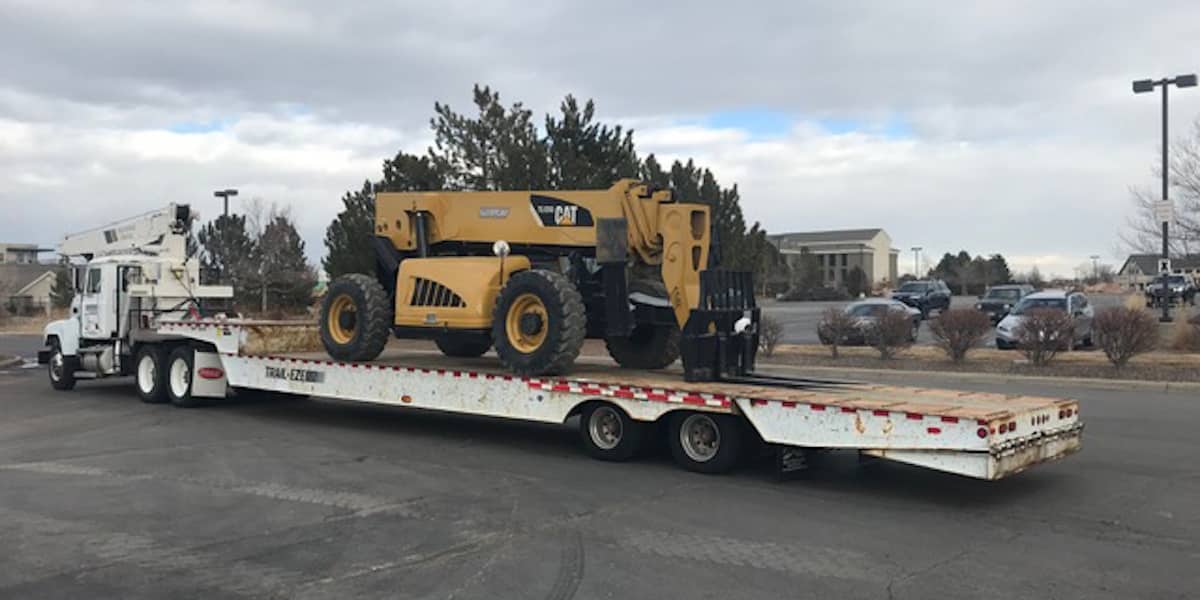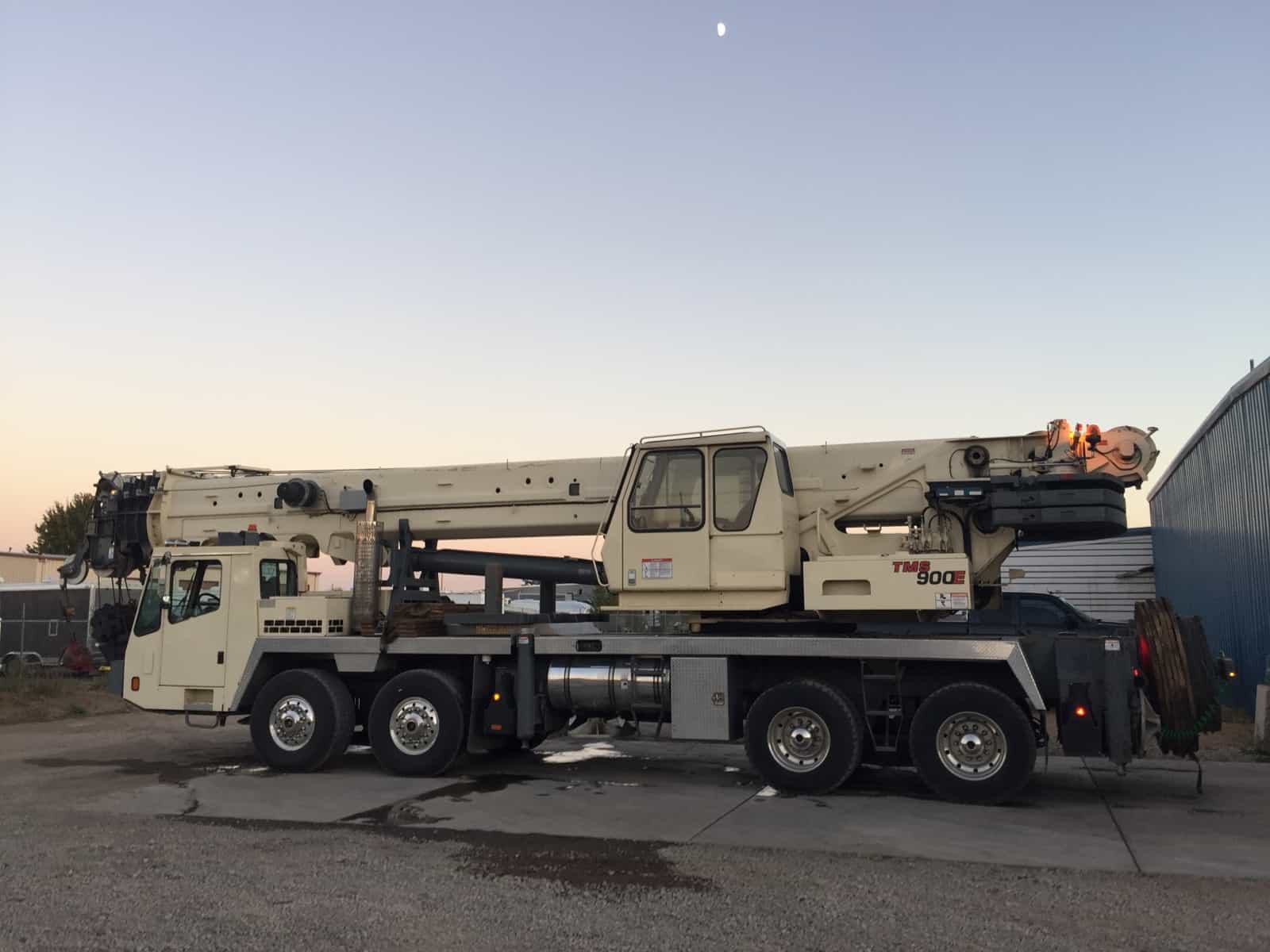Hydraulic truck cranes combine maneuverability and mobility of a heavy-duty truck with the impressive lifting power of a hydraulic crane to create a versatile machine that can be used to lift and move everything from construction materials to cows (seriously, we lifted a cow once).
How Hydraulics Work
Also known as mobile boom trucks or simply mobile cranes, a hydraulic truck crane needs to generate a tremendous amount of power to lift a load – this power is achieved by forcing oil through a sealed system of pumps, pistons and hoses.
The power to pressurize the hydraulic system comes from an engine connected to one or more two-gear pumps, and the size of the engine impacts how much lifting force the hydraulics have.
Because oil is a non-compressible fluid that retains its volume even under massive load, when force is applied to the oil, steady, consistent pressure is created. This pressure is used to move pistons within the sealed hydraulic system, and the flow of the oil, or hydraulic fluid is controlled by a series of levers that allow the operator to transfer force to, and from, various parts of the hydraulic system.
Once the entire hydraulic system is fully pressurized, constant pressure can be maintained because the system is sealed, making a hydraulic crane exceptionally stable and reliable.
Parts of a Hydraulic Truck Crane
In addition to the obvious truck chassis and standard truck engine, a hydraulic truck crane has a number of unique parts that give the truck the ability to lift and transfer large loads into high, confined spaces.
The Boom
The boom is the large steel arm component that is actually used to lift and move the loads. During transport, it rests just behind the operator’s cab. Once deployed, the telescoping sections of the boom fit together to form a long boom that can be 100′ or longer – this allows the machine to raise loads to heights that are inaccessible to other types of machines.
The Jib
Some booms on hydraulic crane trucks are outfitted with a jib – a lattice structure which further extends the overall length of the boom.
Two-Gear Pump
The series of hydraulic pipes, pistons and hoses on the crane are connected to one or more two-gear pumps that use rotating gears powered by the engine of the truck to pressurize the hydraulic oil used to generate lift.
Outriggers
The outriggers are retractable supports which are extended out while the crane is in a stationary, lifting position. They significantly increase the overall ‘footprint’ of the mobile hydraulic truck crane, giving it stability to help keep the crane balanced and prevent tipping or twisting of the load. Outriggers can also be adjusted to level the crane on uneven surfaces.
Counterweights
Large, heavy weights are placed on the back of the crane truck cab to keep the machine stable and balanced during lifts. Without counterweights, the truck would be susceptible to tipping over when lifting large loads at height.
Rotex Gear
The boom arm can be rotated to allow the operator to make precise movements of the machine during lifts, and the rotex gear makes side-to-side movement of the boom arm possible. This large gear is located under the cab, and is controlled by a joystick-type controller.
Load Movement Indicator
The hydraulic truck crane is outfitted with a number of safety devices to prevent overloads. Sensors connected to a light array situated just above the operator’s eye level let the operator know if the lifting capacity of the crane is reached.
Steel Cable
A heavy steel cable runs the entire length of the boom to secure to the load, and a large metal ball is attached to a hook at the end of the cable to keep the cable taut and stabilized when no load is attached.
Operator Controls
Depending on the size of the crane, the operator controls may include one or two joysticks and foot pedals that are used to extend and retract the boom, control left-to-right movements, and forward-and-aft movements by transferring the pressurized hydraulic fluid to different areas of the closed hydraulic system. These controllers are connected to spool valves which lift to the hydraulic pump(s), which in turn determine whether a specific piston extends or retracts.





3 Responses
I have a question – what is the thin cable that runs on the underside of the boom for ?
It’s a boom length indicator or “Pat line”. It s part of the LMI computer inside the cab that lets you know your boom length at any given time.
How large (the size) are the pistons/cylinders for the crane? I would just like to know what the diameters of the cylinders are.